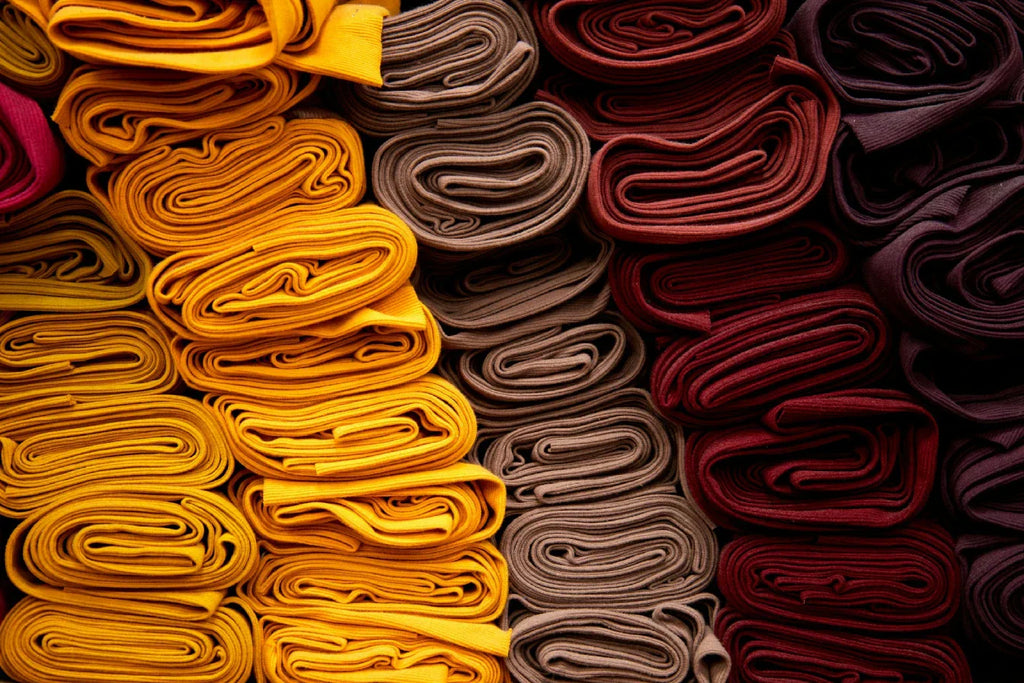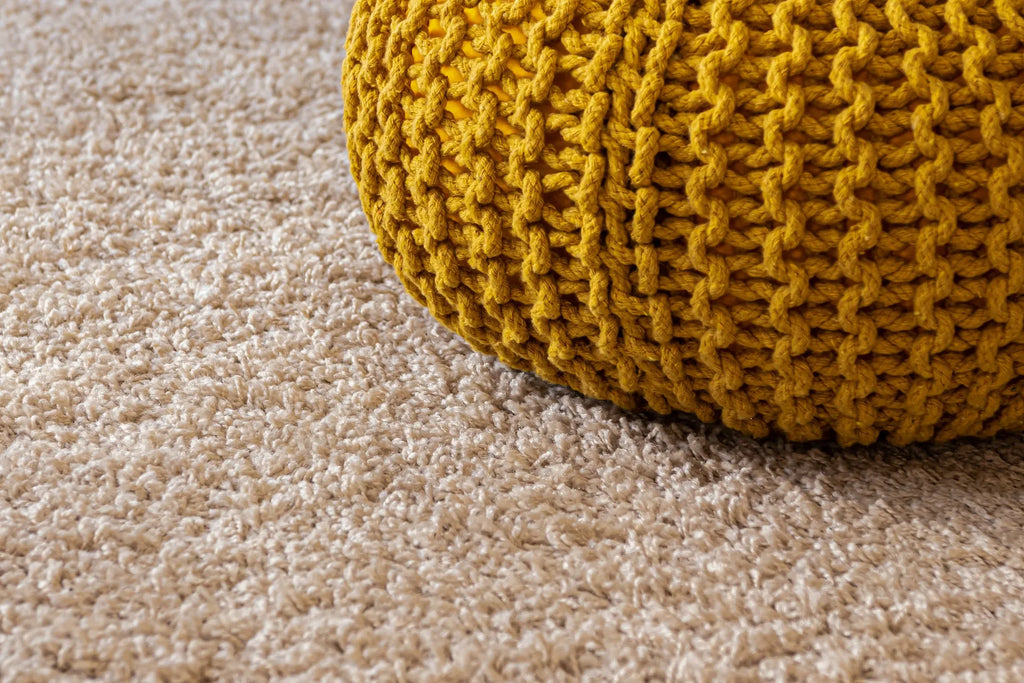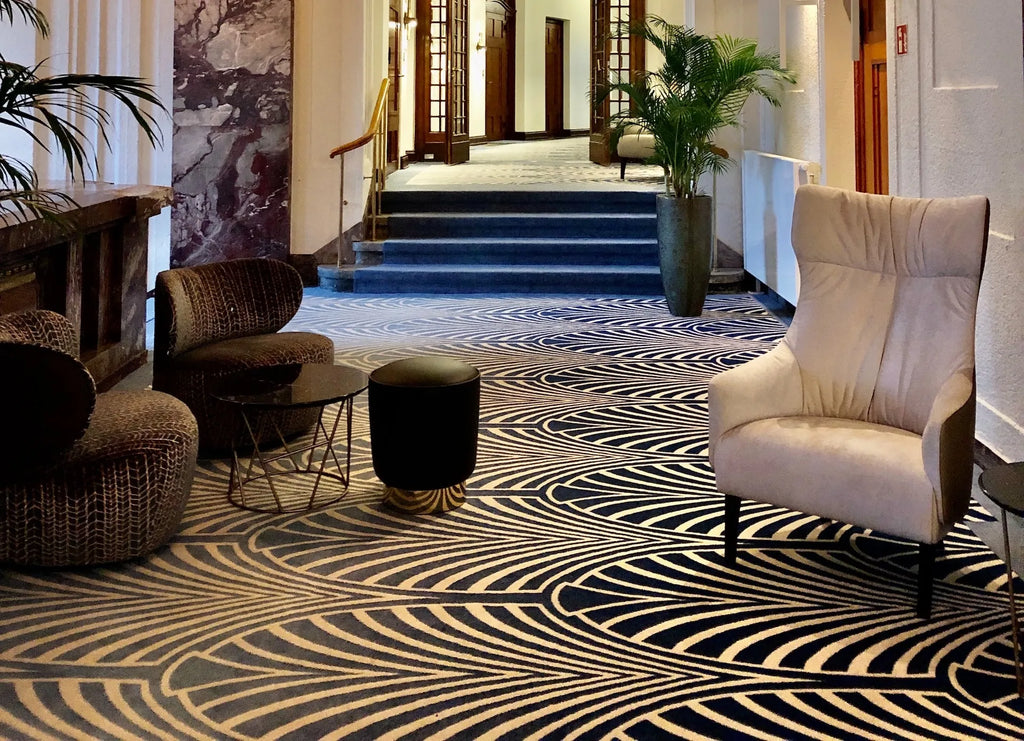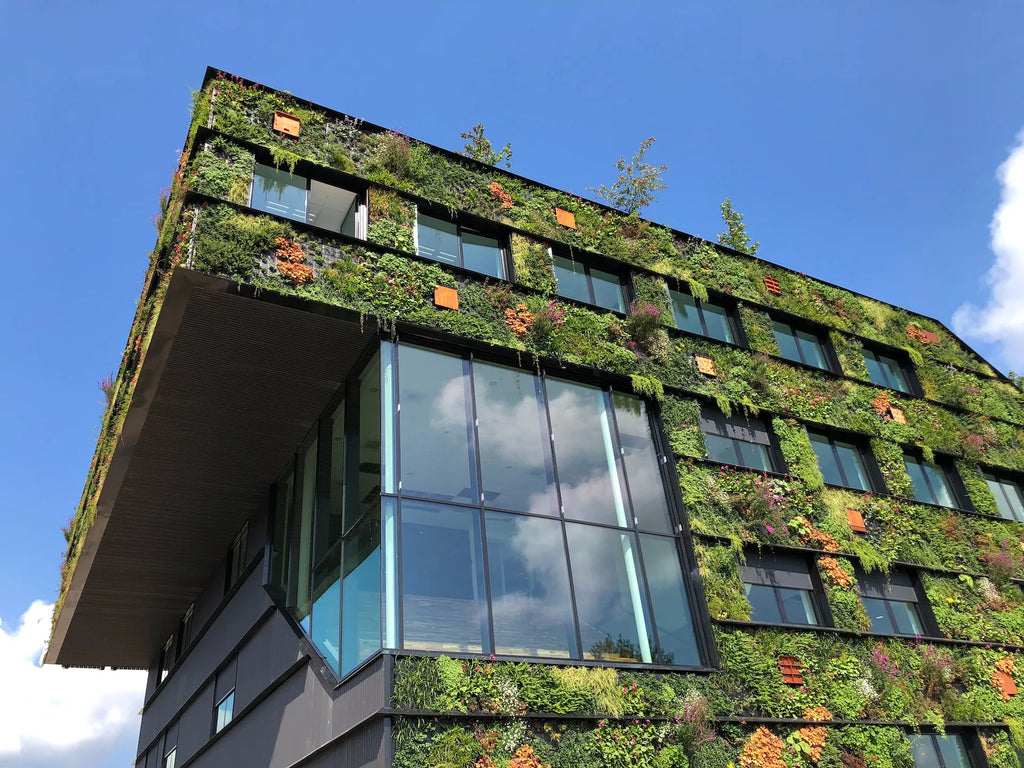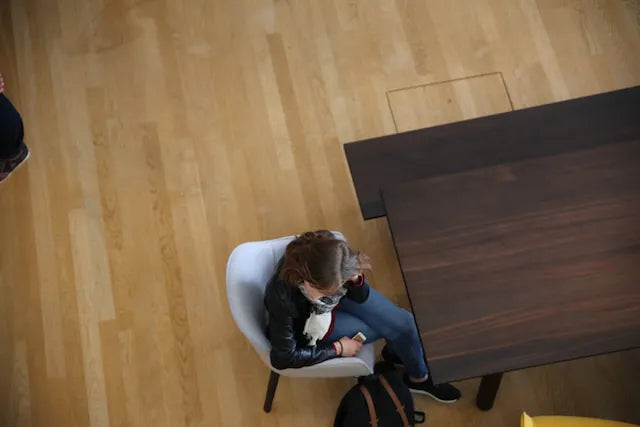
A Guide to Selecting Durable Floorboards for High-Traffic Areas

Floorboards play a pivotal role in the design and functionality of any space, especially in high-traffic areas. Choosing the right floorboard type for such areas is crucial to ensure durability, aesthetics, and longevity of flooring. Here's an in-depth guide to help you make informed decisions while considering the pros and cons of various floorboard types.
Solid Hardwood Flooring
- Pros: Timeless elegance, exceptional durability, and the ability to be sanded and refinished multiple times, prolonging its life.
- Cons: Vulnerable to scratches, dents, and moisture. Requires regular maintenance and may expand or contract with temperature and humidity changes.
Engineered Wood Flooring
- Pros: Offers stability, moisture resistance, and durability. Ideal for high-traffic areas due to its strength and versatility.
- Cons: Limited refinishing potential, depending on the thickness of the top layer. Quality varies based on the manufacturing process and materials.
Vinyl Plank Flooring
- Pros: Resilient, waterproof, and resistant to scratches. Low maintenance and suitable for high-traffic areas. Can mimic the appearance of natural wood.
- Cons: May not have the same natural warmth and authenticity as real wood. Prone to fading in direct sunlight.
Bamboo Flooring
- Pros: Environmentally friendly, sustainable, and resistant to moisture and insects. Harder than many hardwoods and available in various styles.
- Cons: Vulnerable to scratches and dents, and the colour may fade over time with exposure to sunlight.
Laminate Flooring
- Pros: Highly durable, scratch-resistant, and cost-effective. Available in various styles, including wood-like finishes. Easy to install and maintain.
- Cons: Prone to water damage, challenging to repair, and lacks the authentic look and feel of real wood.
Carefully weigh the pros and cons of each floorboard type in the context of the specific project requirements. Consider factors like foot traffic, maintenance needs, climate conditions, and aesthetic preferences to determine the ideal floorboard that strikes the right balance between durability and design. Ultimately, selecting the best floorboards involves thoughtful consideration and expertise to create lasting, functional, and visually appealing spaces.

